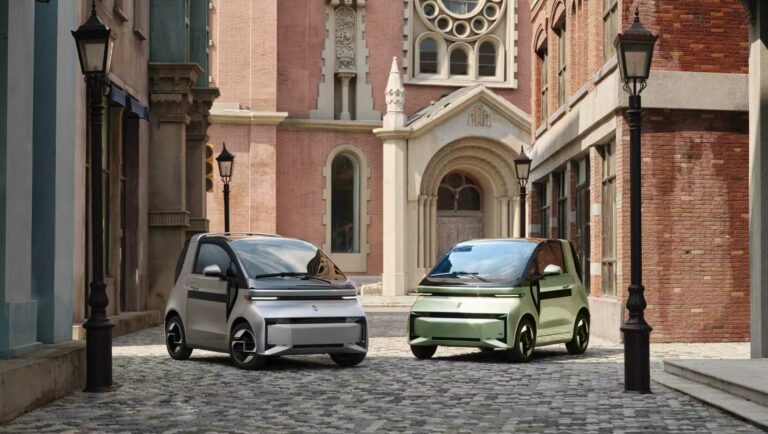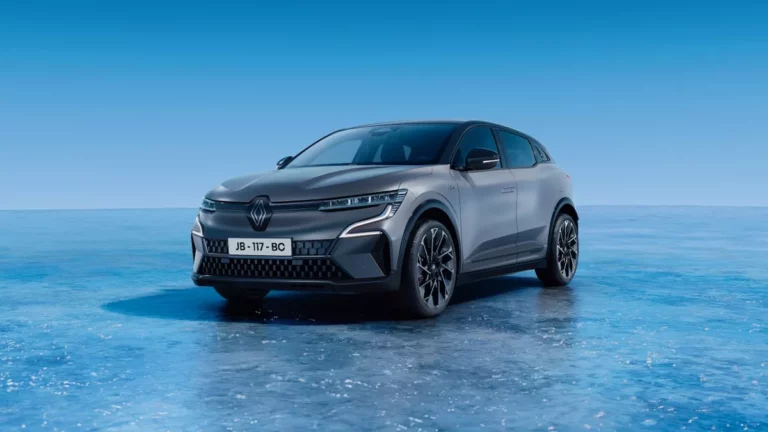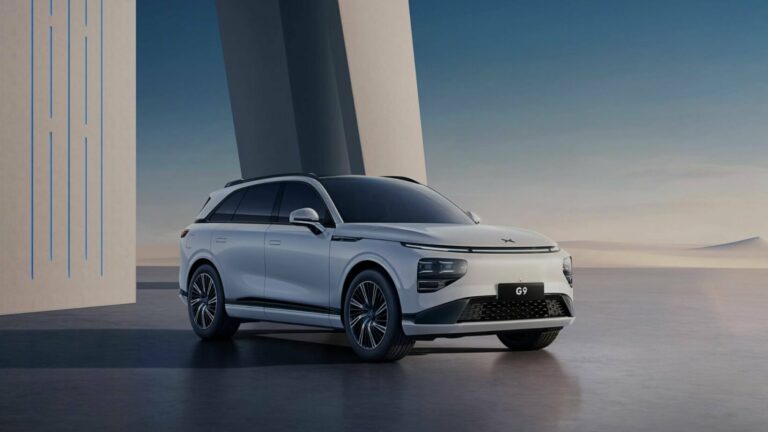The world of electromobility, like all new markets, is full of abbreviations and jargon that can sometimes confuse consumers. To help you find your way around, ECO MOTORS NEWS presents the electromobility glossary, which will evolve over time.

To get a clearer picture, we first need to identify the different categories in this glossary of electromobility. Starting with the types of electric vehicle, through to everything to do with recharging and batteries, not forgetting the terms used to describe the societal changes associated with the energy transition.
The different types of electric vehicles :
BEV: Abbreviation for Battery Electric Vehicle, covering all 100% electric vehicles. Sometimes simplified to EV or VE.
EREV: Abbreviation for Extended Range Electric Vehicle. An electric vehicle with a small petrol-powered generator to extend its driving range. Also called REEV for Range Extended Electric Vehicle.
FCEV: Abbreviation for Fuel Cell Electric Vehicle, generally refers to hydrogen-powered vehicles. More specifically, the vehicle’s electric motor is powered by a fuel cell, which produces electricity through oxidation.
HEV: Abbreviation for Hybrid Electric Vehicle, used to describe non-rechargeable hybrids whose electric motor is powered by a battery that is recharged by the internal combustion engine and sometimes during braking and deceleration.
PHEV: Abbreviation for Plug-in Hybrid Electric Vehicle, this is a hybrid vehicle that can be recharged at a terminal or plug socket.
MHEV: Abbreviation for Mild Hybrid Electric Vehicle, this is a vehicle that benefits from light hybridisation, with electric assistance during the famous « start and stop » or to power some of the electronics.
Designations you need to know
TCO: Total Cost of Ownership. It already existed with internal combustion engines, particularly for professional use, but it has come back to the fore with electric vehicles, as it is often used as an argument in favour of electrified vehicles.
Crit’Air: Rating and classification of vehicles from 0 to 5 according to their emissions, fuel used and age. Only 100% electric or hydrogen-powered cars qualify for the green sticker equivalent to 0.
ZFE: Zone à Faibles Émissions or Low Emission Zones, sources of heated debate and still unstable status, are urban areas where the circulation of Crit’Air 3 vehicles and above is regulated or even banned.
WLTP: The Worldwide harmonized Light vehicles Test Procedures is one of the standards used to determine, after a series of tests, the range advertised by manufacturers to the public. For internal combustion cars, it determines fuel consumption.
NEDC: Long used in Europe, the New European Driving Cycle disappeared in 2018, giving way to the WLTP.
CLTC: The China Light-Duty Vehicle Test Cycle is the Chinese equivalent of the WLTP. Adopted in 2021 as the national standard, it is sometimes considered to be more lenient. For example, 500 km on the CLTC is equivalent to 410 km on the WLTP.
Glossary of batteries and recharging
Lithium-ion: This is the most common type of battery, chosen for its relatively low cost, good energy-to-weight ratio, efficiency and long life. As the name suggests, it consists of an anode and a cathode that exchange lithium ions.
Solid state battery: Unlike the lithium-ion battery, here the electrolyte between the anode and cathode is solid. This inevitably makes them more compact, increasing their capacity for the same volume and, de facto, extending the vehicle’s range. At the moment they are too expensive to manufacture, but their democratisation is eagerly awaited.
AC (Alternating current): Often associated with so-called slow charging stations, such as home charging stations, which use alternating current that must then be converted to direct current to be stored in the battery.
DC (Direct Current): In contrast to AC terminals, DC terminals, known as fast terminals, are often found in service areas. They supply direct current directly to the battery and range in power from 50 to over 500 kW.
CCS connector: Combined Charging System. Type of charging point combining AC and DC charging, used mainly in Europe and a direct competitor to Tesla Superchargers.
V2G : Abbreviation for Vehicle-to-Grid, a technology that allows energy from a vehicle’s battery to be fed back into the grid when it is plugged in. This preserves the life of the battery while taking the strain off the grid.
V2H : Abbreviation for Vehicle-to-Home, this enables a vehicle to power a home.













